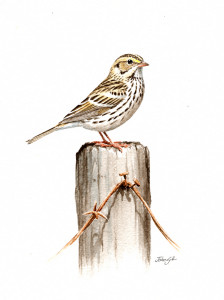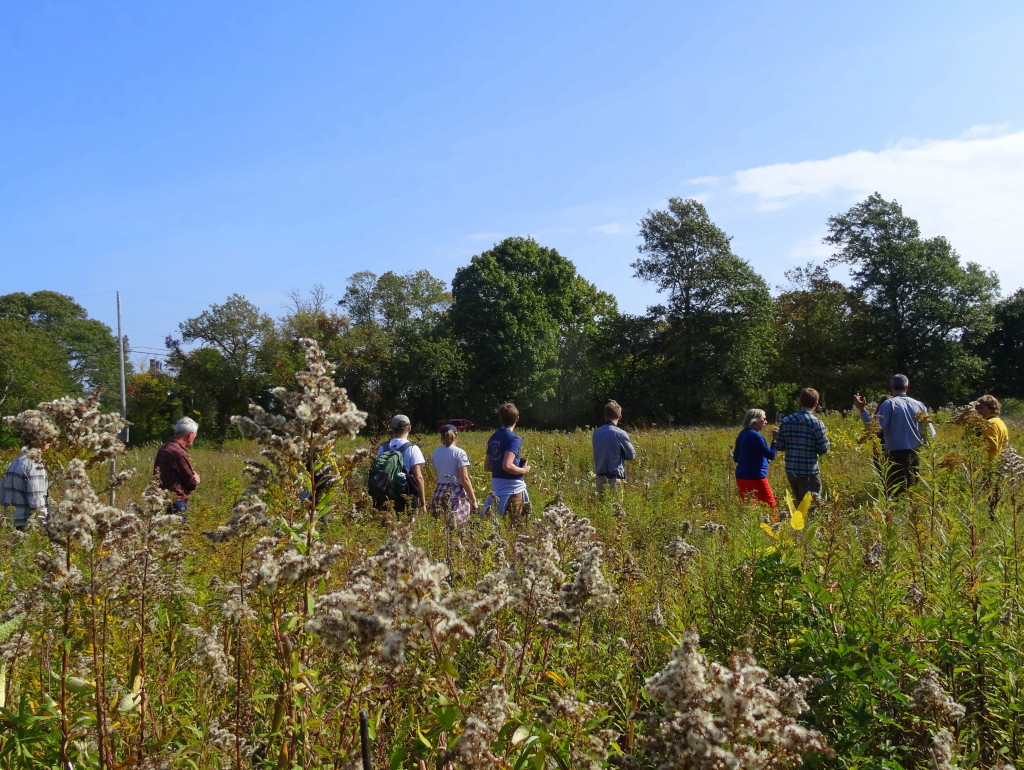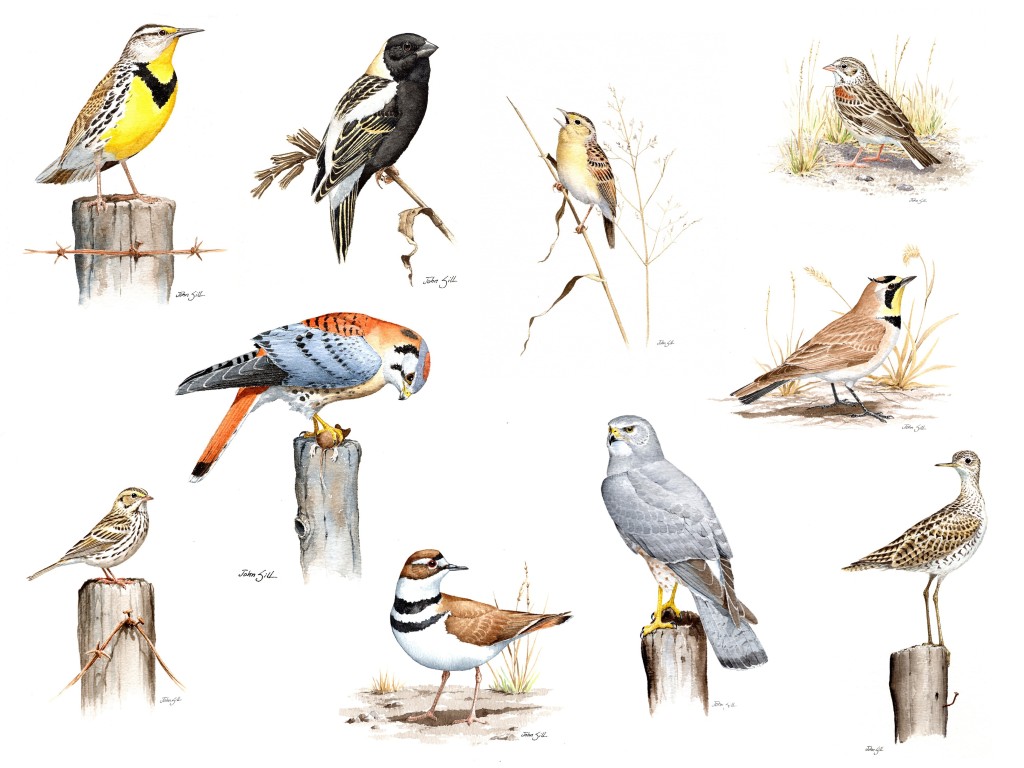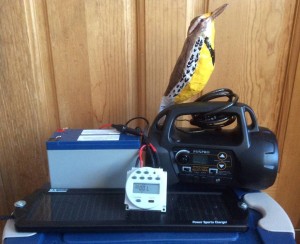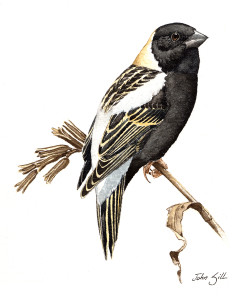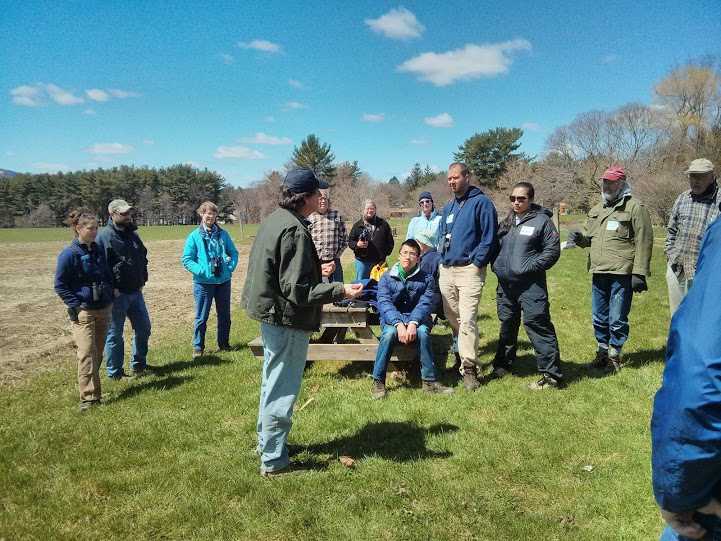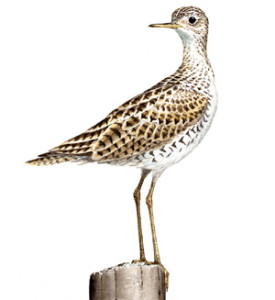Bobolinks, and other grassland birds, are facing tough times. Financial pressures force farmers to mow their fields during the weeks that these species are actively nesting. Fortunately, there is a simple–and innovative–way to help. The Bobolink Project “buys time” for grassland birds to successfully nest on working farms by financing bird friendly mowing. The project collects money from conservation donors, and pays farmers who are willing to manage their fields for grassland birds. Learn more about the project.
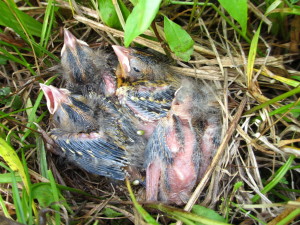
Help protect Bobolink nestlings this summer by donating to The Bobolink Project.
Time is running out to protect Bobolinks this season as our deadline to receive donations is April 22. The Project has been so appealing to local farmers that we have over 650 acres submitted. Thanks to the generosity of donors so far, we have enough money to protect over 350 acres of farmland in New England this summer.
However, without extra support suitable habitat that has been offered by interested farmers will remain unprotected. Please donate now so that we can cover these extra acres and protect more baby Bobolinks this year! eBird records show that Bobolinks are moving north with recent sightings in Florida. We look forward to welcoming them back to our New England fields.
The Bobolink Project In the News
Project leaders have been busily promoting The Bobolink Project in recent months. In Vermont, Mark Labarr and Allan Strong discussed The Bobolink Project on WCAX’s “Across the Fence“. The Project also appeared in the Rutland Herald, and a recent WCAX story featured one of our landowners from 2015! Check out the video.
In March, project leaders spread the word at the Connecticut Ornithological Association’s Annual Meeting in Middletown CT, and the Mass Audubon Birders Meeting in Boston MA.
Donate, Sign up, like us on Facebook and spread the word to help save our grassland birds!

Male Bobolink by Allan Strong.



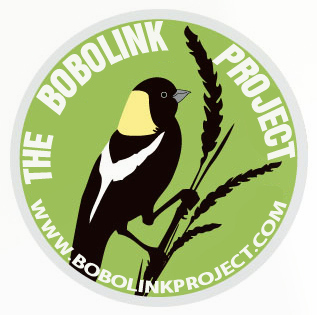

 Dr Jon Atwood recently moderated a showing of New Hampshire Public Television’s
Dr Jon Atwood recently moderated a showing of New Hampshire Public Television’s 